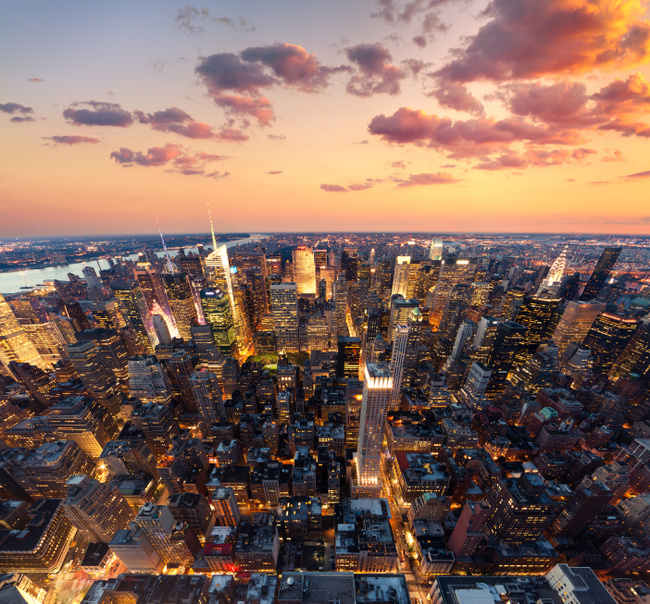The number of people living in urban areas is increasing at a rapid pace. Currently, about 54 percent of the world’s population live in cities and use about two-thirds of the world’s energy and the majority of other resources. By 2025, 34 cities worldwide will have a population of greater than 10 million people, and according to the United Nations, about 6.3 billion people, or 66 percent of the world’s population, will have moved into a city by 2050. The increased urbanization comes with a set of challenges that affect not only the current residents, but also future ones and the planning needs to address how cities can grow to accommodate them, in a sustainable and cost-effective manner. The demand for resources handled by the municipality will reach extreme heights; the demand for water alone is estimated to reach by 2025 80 billion additional metric tons and this is not the only reason of concern: reliable power and energy, air quality, traffic flows – all will impact quality of life. With these in mind, more and more metro areas are getting smarter by using technology. According to a study by IHS Technology, by 2015 the world will have at least 88 smart cities, out of which 25 will be in the United States. The report “Smart Cities: Business Models, Technologies and Existing Projects” defines the ‘smart cities’ as those that have “deployed – or are piloting – the integration of information, communications, and technology (ICT) solutions across three or more functional areas of the city.” Applications include mobile and transport, energy and sustainability, physical infrastructure, governance, and safety and security. Europe and Asia lead the way in implementation of smart cities, however, the U.S. is making efforts to bring smarter and more efficient city infrastructures...

